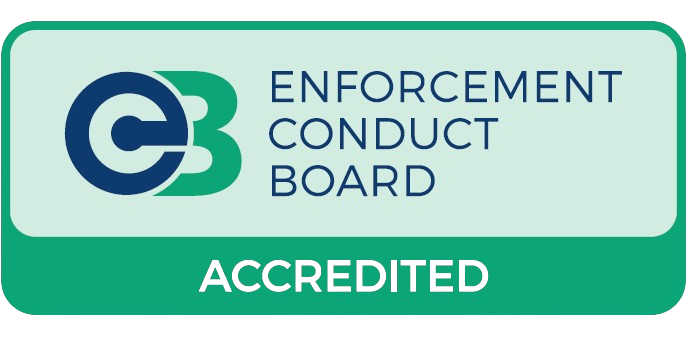How to Evict Excluded Occupiers | Landlord Legal Guide : Legal Framework and Procedures
An excluded occupier is someone who lives in accommodation where they share essential living space with their landlord or have a limited licence to stay. These individuals do not have full statutory protection under housing law and are not covered by the Protection from Eviction Act 1977.
- Lodgers living with a resident landlord
- People in temporary or emergency housing
- Licensees in shared accommodation
Legal Status
Excluded occupiers can be lawfully evicted without a court order. However, the landlord must still serve a reasonable notice period —typically equivalent to the rent interval—and must not use force or intimidation when regaining possession.
Eviction Procedure
- Give the occupier written notice to leave by a specific date.
- After the notice expires, the landlord may change the locks if entry is peaceful.
- If peaceful re-entry isn’t possible, a certificated enforcement agent may assist under common law.
Comparison Table
| Occupier Type | Notice | Court Order | Enforcement |
|---|---|---|---|
| Excluded Occupier | Reasonable (e.g. 1 week) | ❌ Not required | Peaceable re-entry or EA |
| Basic Protection | Section 8 or 21 | ✅ Required | Court bailiff / HCEO |
| AST Tenant | Section 8 / 21 | ✅ Required | Court Order + Bailiff or HCEO |
References
- Shelter – Legal Guidance on Eviction of Excluded Occupiers
- Protection from Eviction Act 1977
- Citizens Advice – Excluded Occupiers and Basic Protection
- Gov.uk – Tenancy Agreements
Prepared by UK Bailiff Services Ltd – enforcement agents operating under the Tribunals, Courts and Enforcement Act 2007. This resource is for general public legal education and is not legal advice.
Last updated: July 2025

- No court order needed
- Reasonable notice required
- Common law eviction allowed
- No force or intimidation



